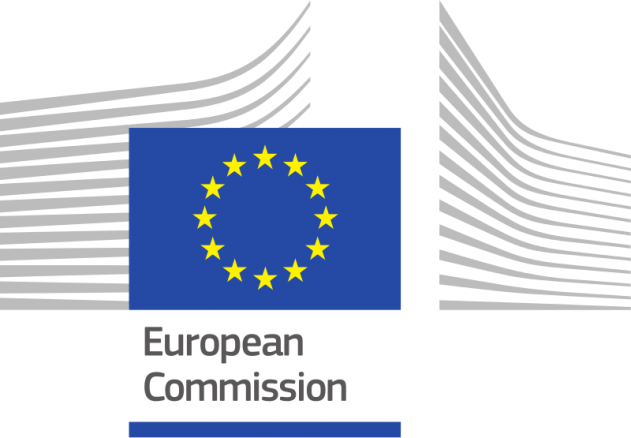
EC EMIR Review – 2017 could bring regulation changes to streamline reporting and ease NFC and clearing obligations
The European Commission (EC) has issued their Review Report on the European Market Infrastructure Regulation (EMIR) which went into effect in 2014. With a mandate to provide transparency of derivative trades and counterparty exposure to monitor systemic risk, EMIR regulation has been a major undertaking for financial and non-financial firms alike along with the European Securities and Market Authority (ESMA) and local financial regulators which are responsible to enforce the regulation.
The review covered many of the major pain points and problems of EMIR regulation that have been voiced by reporting companies, trade unions and regulators and covered in the past by our Cappitech blog. Being presented by the EC to the European Parliament, the report went as far as to call for an array of changes to EMIR to be implemented in 2017.
Below are some of the major topics addressed with initial proposals from the EC
UTI Matching
Perhaps the biggest complaint about EMIR is that it is dual-sided. As such, both counterparties of an OTC or ETD trade need to report for EMIR separately. The major challenge is confirming that trade identifiers are the same from both sides of the trade to match their information to review counterparty exposures.
EMIR and other derivative reporting regimes created a system using Unique Trade Identifiers (UTI). Every trade is given a UTI which both sides use to submit their EMIR reports.
Where it becomes tricky is ensuring that both sides are using the same UTI. For OTC trades, typically the liquidity provider or bank is obligated to provide the UTI in a timely fashion. But, UTIs aren’t always generated at the time of execution which makes it difficult to distribute them afterwards.
[LEARN MORE HOW CAPPITECH CAN AUTOMATE YOUR EMIR REPORTING AND REDUCE COSTS OF COMPLIANCE]
As a result, according to discussions with leading trade repositories, only around 30-35% of UTIs match. In this regard, the review noted this problem and highlighted that it is especially a problem when submitting historical ‘backloaded’ reports. Thereby, the EC report explored the potential of limiting the backloading requirements for historical trade reporting.
Trade repository streamlining
In regards to UTI matching, the EC report noted that also causing difficulties to correct dual sided reporting is the non-uniformity among trade repositories. Numbering six, the trade repositories such as the DTCC, CME Group, UnaVista and REGIS TR, are responsible for receiving EMIR reports, securing the data and making it available to regulators. (More on Trade Repositories)
Despite having a similar goal, the six repositories don’t use common methodologies for EMIR submissions. As such, it makes it difficult to match trade between them as well as generate reports to one repository based on data created for another.
The report suggested that reporting requirements among trade repositories should be streamlined to promote transparency between them. The EC also referred to a suggestion from ESMA to impose greater fines on trade repository who fail to enhance transparency in EMIR reporting.
NFC obligations
Falling under EMIR are any firm trading derivatives. As a result, tens of thousands of non-finance companies (NFCs) that have derivative exposure such as swaps on interest rates, energy prices and currencies also have an EMIR reporting obligation. Often only trading less than ten contracts a year, their ultimate derivative exposure is minute, and costs associated with complying with EMIR can be high.
Responding to this problem, the EC report stated “it is appropriate to assess whether adjustments should be made to the scope of core requirements under EMIR in order to address the challenges faced by NFCs”.
Examples of adjustments proposed were simplifying their reporting obligations, removing the need to report intra-group transactions and whether financial counterparties should be required to report on behalf of NFCs.
Clearing
Within EMIR reporting are also clearing obligations for certain types of trades. The EC report referred to opinion from ESMA, that a fault in the clearing obligation requirements is the lack of a process to temporary suspend it during periods of dramatic market changes. As such, the report proposed to create a mechanism that can suspend clearing obligations during appropriate times.





